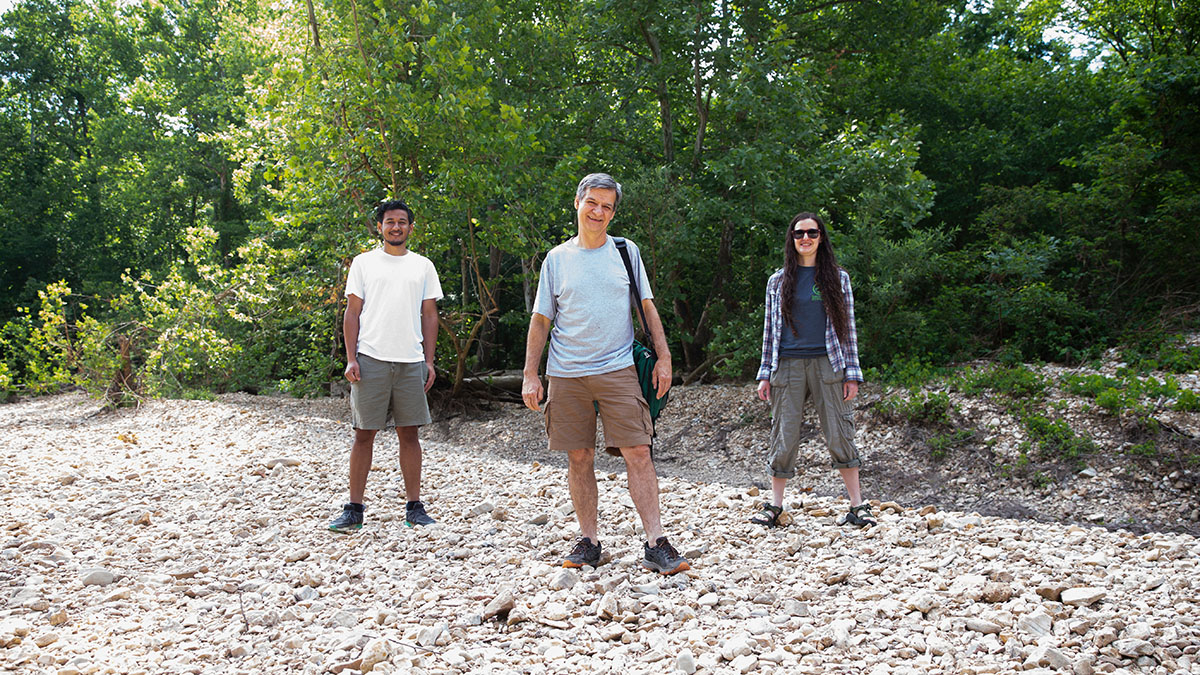Some regions are known for their ability to grow the most flavorful agricultural products.
Ancient farmers, through trial and error, determined the best fit between a crop, the soil and weather conditions. They had plenty of land to choose from to find the perfect fields for their crops.
But today, our ability to grow food is becoming limited as the availability of cultivable land diminishes and as climates change.
Dr. Laszlo Kovacs, professor of biology at Missouri State University, is a geneticist with an interest in the agricultural industry. This is the root of his research.
Grapes and their genes
Kovacs and his students have been collecting plants of two interesting North American grapes: the riverbank grape and the rock grape. The two species have adapted to their respective habitats because of evolution.
Kovacs is attempting to identify genes that allow vines to adapt to the dry or moist conditions.
“We are interested in those genes and can transfer them to cultivate grapes or possibly other plants,” he said.
Grafting for survival
Kovacs and his team grafted each of these new plants with the same scion, that is, a different plant which is forced to live with the rootstock and form the entire shoot system of the resulting composite plant.
They are also grafting other scions on the rock grape rootstock to map and identify genes.
With this knowledge, the team can learn how to subtly modify features to make grapes more appropriate for different climates and conditions.
“Even though we’re interested in the root system, once we make an experimental hybrid, it’s easy for us to find genes that are responsible for disease resistance,” he said. “It’s a long process, but it’s important work. We are experimenting with plant biodiversity to make a more sustainable crop.”
The multimillion-dollar study is funded by the National Science Foundation.
Preserving native plants
Much of Kovacs’ work involves wild grape species because saving native plants provides great biological benefits. Those species may have critical genes for something in the future, which is worth preserving.
In fact, that’s how his team discovered the downy mildew resistance gene.
“We found it just because we looked at a new plant,” he said. “If we look at maybe 10 more plants, we might find five more new genes.”
This study helps grape growers, but ultimately, the knowledge can be widely applicable to all agricultural products.

